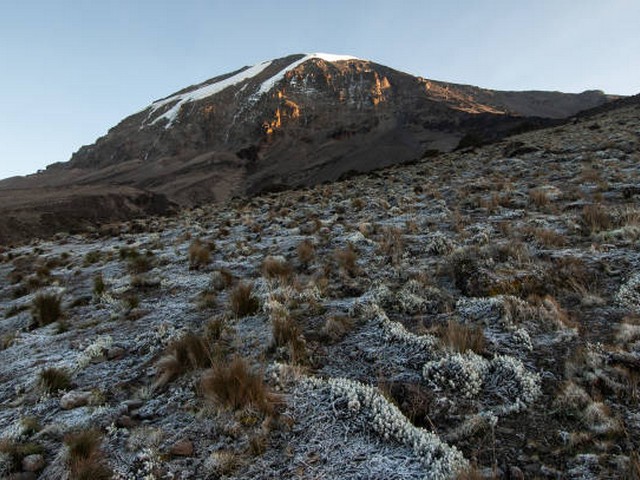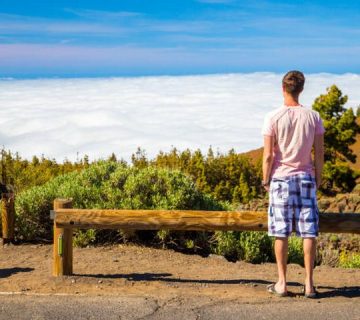Achieving New Heights: Understanding the Kilimanjaro Trekking Success Rate
Every year, adventurers from around the globe are drawn to the magnificent slopes of Mount Kilimanjaro. The allure of conquering the highest peak in Africa is a powerful call to climbers, whether seasoned mountaineers or enthusiastic novices. At the Kilimanjaro Centre for Trekking and Ecotourism (KCTE), we understand that reaching the summit of Kilimanjaro is not just a physical challenge, but a transformative journey. In this detailed exploration, we delve into the Kilimanjaro trekking success rate, offering insights and guidance to help you stand triumphantly atop this majestic mountain.
What Influences Kilimanjaro Trekking Success Rates?
Preparation and Training
Success on Kilimanjaro begins long before you set foot on the mountain. Adequate preparation, involving both physical conditioning and mental readiness, significantly impacts your chances of reaching the summit. Tailoring your training to include cardiovascular exercises, strength training, and altitude acclimatization can make your trek more manageable and enjoyable.
Choosing the Right Route
Kilimanjaro offers several routes, each with unique characteristics and varying difficulty levels. The Marangu, Machame, and Lemosho routes are among the most popular, each providing distinct experiences and different success rates. For instance, the Lemosho route, known for its scenic beauty and gradual acclimatization, boasts higher success rates compared to the more direct Marangu route.
The Role of Experienced Guides
The importance of experienced guides cannot be overstated. At KCTE, our guides are not only experts in navigating the terrain but are also trained in emergency first aid and altitude sickness management. Their expertise and support are crucial in enhancing the trekking success rate, ensuring that safety is always the priority.
Maximizing Your Chances of Success
Understanding Altitude Sickness
Altitude sickness is a common challenge faced by trekkers on Kilimanjaro. Recognizing the symptoms early and having a responsive strategy is vital. Our guides are adept at identifying altitude sickness symptoms and will implement necessary measures, such as a slower ascent or even descent, when required.
Importance of Proper Gear
The right gear can make a significant difference in your trekking experience. Weather on Kilimanjaro can be unpredictable, with temperatures ranging from hot to below freezing. Layered clothing, sturdy hiking boots, and protective gear are essential to handle these varying conditions.
Hydration and Nutrition
Maintaining hydration and proper nutrition throughout the climb increases your energy levels and overall health, directly impacting your success rate. Our trekking packages include fresh, nutritious meals and ample water supply to keep you energized and hydrated from start to finish.
Why Choose KCTE for Your Kilimanjaro Adventure?
At KCTE, we pride ourselves on our comprehensive trekking packages designed to maximize your success rate. Our experienced guides, carefully chosen routes, and attention to safety are all geared towards making your Kilimanjaro journey unforgettable. We believe in providing a personalized experience, ensuring that each trekker receives the support and encouragement needed to reach the summit.
Success Stories from Our Clients
We celebrate every climber’s success, and our past clients’ testimonials reflect the high standard of service and support we provide. Many of our clients have conquered Kilimanjaro’s challenging slopes for the first time with our guides, and their stories of perseverance and triumph are a testament to the effectiveness of our approach.
Frequently Asked Questions
What is the overall success rate for Kilimanjaro treks?
The success rate varies by route and preparation but typically ranges from 65% to 85%. With KCTE, our climbers experience success rates at the higher end of this spectrum due to our focus on thorough preparation and support.
How long does it take to climb Kilimanjaro?
The duration depends on the route chosen but generally ranges from 5 to 9 days. We recommend routes that allow adequate time for acclimatization, which can significantly increase the success rate.
What is the best time of year to climb Kilimanjaro?
The best times are during the dry seasons, from late June to October and from late December to early March. These periods offer the most favorable weather conditions for climbing.
Can beginners climb Kilimanjaro?
Absolutely! Kilimanjaro is a non-technical mountain, and many beginners have successfully reached the summit with the right preparation and guidance. Our KCTE team is dedicated to assisting climbers of all experience levels.
Conclusion: Your Summit Awaits
Achieving the summit of Kilimanjaro is a profound accomplishment, and understanding the factors that influence the trekking success rate is key to a successful climb. By choosing Kilimanjaro Centre for Trekking and Ecotourism (KCTE) as your guiding partner, you are not just selecting a tour operator; you are choosing a team committed to making your Kilimanjaro dream a reality.
Ready to take the first step on your Kilimanjaro adventure? Contact us today at KCTE, and let us help you reach the roof of Africa. Your journey to the summit begins with us, and we can’t wait to guide you every step of the way. Reach out, and let’s turn your Kilimanjaro aspirations into an unforgettable achievement!




